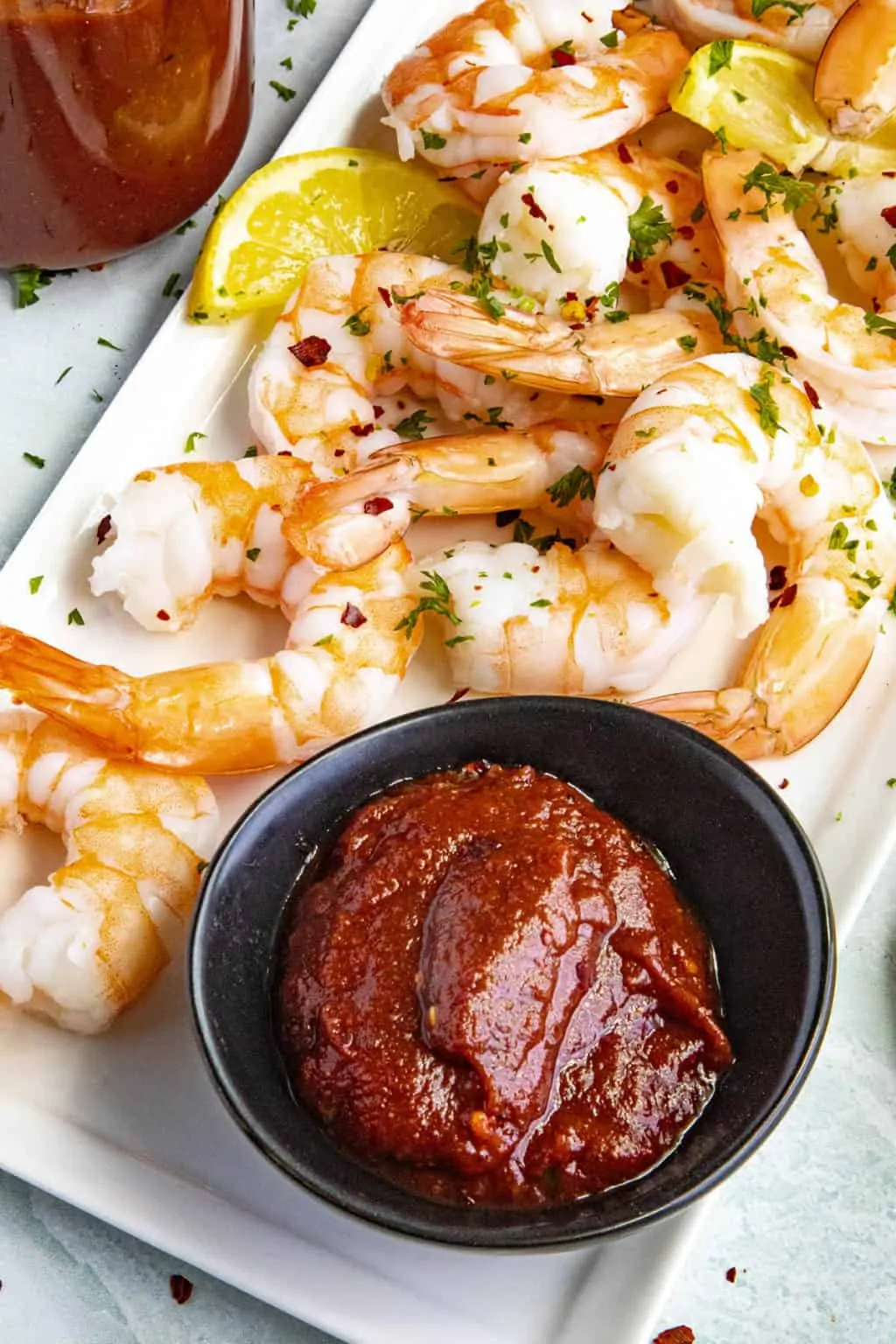- No. 268 Xianghe Street, Economic Development Zone of Xingtai city, Hebei 054001 China
- Byron@hbhongri.cn
fermenting dried chili peppers
Fermenting Dried Chili Peppers A Spicy Transformation
Fermenting dried chili peppers is an age-old technique that has gained renewed popularity in recent years among food enthusiasts and home cooks alike. The process not only preserves the peppers but also enhances their flavor profile, creating a rich, tangy condiment that can elevate a variety of dishes. This article will explore the steps involved in fermenting dried chili peppers, the benefits of fermentation, and some creative uses for the final product.
The Benefits of Fermentation
Fermentation is a natural process that transforms sugars into acids, gases, or alcohol using microorganisms like bacteria, yeast, or molds. In the case of chili peppers, the primary fermentation action is carried out by lactic acid bacteria, which are naturally present on the surface of the peppers. Fermentation has several advantages
1. Enhanced Flavor The fermentation process deepens the flavor of the peppers, leading to a complex taste that is both tangy and spicy. The heat of the chilies is softened by the acids produced during fermentation, creating a well-rounded profile.
2. Preservation Fermenting prolongs the shelf life of dried chili peppers, allowing them to be stored for months without spoilage. The acidic environment created during fermentation inhibits the growth of harmful microorganisms.
3. Health Benefits Fermented foods are known for their probiotic content, which supports gut health. Consuming fermented chili products can introduce beneficial bacteria into the digestive system.
The Fermentation Process
Fermenting dried chili peppers is a straightforward process that requires just a few essential ingredients and materials. Here’s a simple guide to get you started
Ingredients - Dried chili peppers (any variety you prefer) - Non-iodized salt (like sea salt or kosher salt) - Water (preferably filtered)
fermenting dried chili peppers

Equipment - A clean glass jar (with a lid or an airlock system) - A weight or some type of object to keep the peppers submerged - A cool, dark place to store the jar during fermentation
Steps
1. Prepare the Peppers Start by rinsing the dried chili peppers under running water to remove any dust or impurities. You can leave them whole or chop them into smaller pieces, depending on your preference.
2. Make the Brine Dissolve about 2 tablespoons of non-iodized salt in 2 cups of water to create a brine. The brine should be salty enough to inhibit undesirable bacteria but not too salty to prevent fermentation from taking place.
3. Combine Ingredients Place the dried peppers in the glass jar and pour the brine over them, ensuring they are completely submerged. If necessary, use a weight to keep the peppers below the liquid.
4. Ferment Seal the jar loosely to allow gases to escape, or use an airlock if you have one. Let the jar sit in a cool, dark place for about 1 to 2 weeks. Check it daily to ensure the peppers remain submerged and to taste the brine, which will become tangier over time.
5. Store Once the desired flavor is achieved, transfer the jar to the refrigerator to slow down fermentation. The fermented chili peppers can be kept for several months.
Creative Uses
Fermented dried chili peppers can be used in a variety of ways. Blend them into a spicy sauce, add them to soups, or use them to spice up dips. Their unique flavor can also enhance marinades, salad dressings, or even pizza.
In conclusion, fermenting dried chili peppers is not only a simple process but also a rewarding one. By following these steps, you can create a tangy, spicy condiment that adds depth to your culinary creations. So why not take a batch of those dried chili peppers and transform them into something extraordinary? Happy fermenting!
-
Turmeric Rhizome Powder: A Golden Treasure from Roots to TableNewsJul.28,2025
-
The Versatile Application Of Crushed Red Hot Peppers: Lighting Up The Red Flames On The Dining TableNewsJul.28,2025
-
The Paprika: A Touch Of Vibrant Red In Color, Flavor, And CultureNewsJul.28,2025
-
Ground Turmeric: A Modern Examination of an Ancient SpiceNewsJul.28,2025
-
Capsicum Liquid Extract: Features, Applications, and ChallengesNewsJul.28,2025
-
Application of Capsicum Liquid Extract in FoodNewsJul.28,2025







